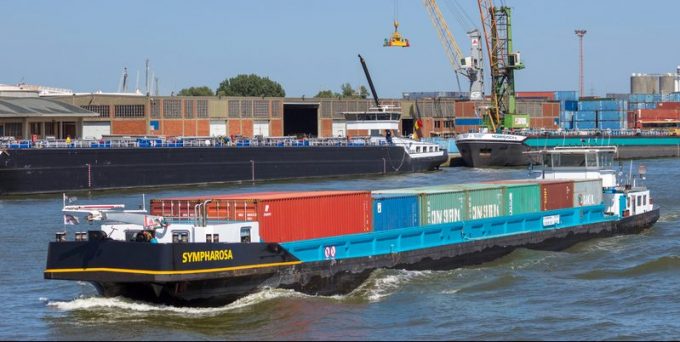Trend for vertical integration may not be right for multimodal transport
Carriers and shippers with ambitions to be integrators looking to “take the forwarder out” of ...

Congestion along Antwerp and Rotterdam’s inland waterways has surged to its highest peak in several years, leaving users stranded.
Wait times at Antwerp more than doubled over the past week, from 44 hours to 94, according to the latest figures from Contargo, while congestion at Rotterdam was up by more than 50%, to 128 hours.
Contargo failed to respond for requests for comment, but serious delays have become “part and parcel” of the environment, according to one source, for those operating along ...
Trump tariffs see hundreds of cancelled container bookings a day from Asia
Macron calls for ‘suspension’ – CMA CGM's $20bn US investment in doubt
De minimis exemption on shipments from China to the US will end in May
Forwarders stay cool as US 'liberation day' tariffs threaten 'global trade war'
Mixed response in US to 'Liberation Day', while China leads wave of retaliation
Tariffs and de minimis set air freight rates on a volatile course
Overcapacity looms for ocean trades – with more blanked sailings inevitable
'To ship or not to ship', the question for US importers amid tariff uncertainty
List of blanked transpac sailings grows as trade war heats up and demand cools
East-west rates diverge as transpac spots hold while Asia-Europe keeps falling
'Chaos after chaos' coming from de minimis changes and more tariffs

Comment on this article